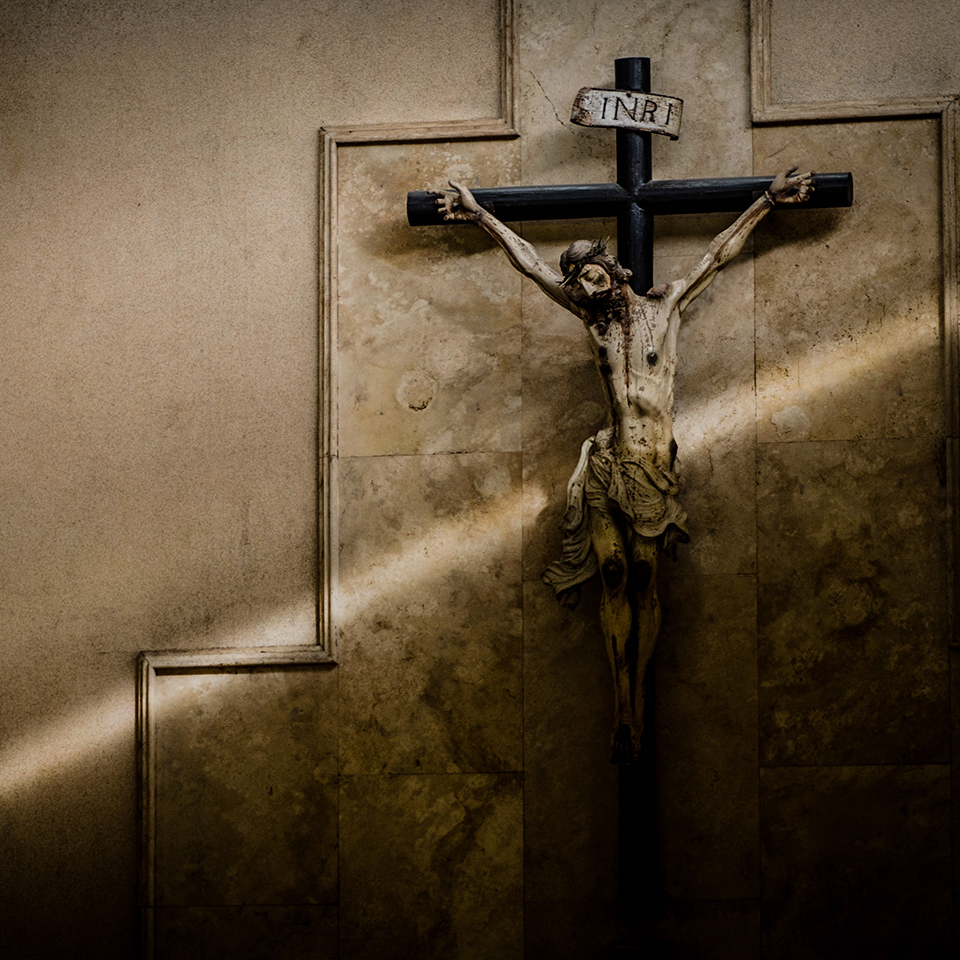Many Catholics are asking this question: “How can the Church be holy when she sometimes seems packed floor to ceiling with sinners, even among our leadership?”
This question needs to be answered, especially in the twenty-first century, when Catholics have increasingly grown justifiably distrustful of all authority figures, including Church hierarchs. The faithful who have given themselves over to the Church knowing her to be the sacrament (or instrumental sign) of intimate union with God, a force for good in the world, have suffered from seemingly endless reports about sex abuse and cover-ups. Such stories are quite naturally scandalous, depressing, and disillusioning. But should this cause us to question the holiness of the Church?
Sometimes we defend the holiness of the Church without understanding what makes it holy, even as it is full of sinners. For years, I taught a Church history class, and one of the first lessons covered the nature of the Church and her four marks (one, holy, catholic, and apostolic). The students were already familiar with less-than-ideal episodes in the Church’s life, which had already conditioned them to be a bit distrustful of the Church. Indeed, I started the lesson by reading off the board “one, holy, catholic, and apostolic,” and when I came to “holy” I heard a student in the back sarcastically mutter “yeah right . . .”
To which I responded, “Yeah right? Hard to believe, but it’s true—not because of the Church but because of Christ. The Church is holy not because her members are sinless but because she is close to the Lord.”
This exchange made me realize that before I started getting into the shadows and the light of Church history, I should spend more time on the nature of the Church, particularly the Church as Bride, and how through her intimate union with the Lord, the Church—despite the sins of her members—washes away the sins of the world. Mary Immaculate is the prototype of the Church. It is she who the angel calls “full of grace” (Luke 1:28). She is the Bride of the Spirit. She is the suffering mother who partakes in the Passion of her son. It is through her closeness to the Holy One of God, Christ, that she becomes holy.
I thought I was going to have to develop this theme by myself, but I noticed that I had a bunch of Catechisms on hand for the students to reference. I always forget how rich the Catechism is and how much good I would do the students if I would just shut up and have them read it more often.
It is interesting that the Catechism discusses the holiness of the Church in the context of the Church as Bride of Christ. Paragraph 823 cites Lumen Gentium 39, which is citing Ephesians 5:25-26:
The Church . . . is held, as a matter of faith, to be unfailingly holy. This is because Christ, the Son of God, who with the Father and the Spirit is hailed as ‘alone holy,’ loved the Church as Bride, giving himself up for her so as to sanctify her; he joined her to himself as his body and endowed her with the gift of the Holy Spirit for the glory of God.
And CCC 824:
United with Christ, the Church is sanctified by him; through him and with him she becomes sanctifying.
Because Christ has fully given himself to his Bride, the Church has everything she needs to be holy. She becomes holy through the holiness of her Spouse. And it is by partaking, really partaking, in the Messianic wedding feast that is present in the Eucharist, that the Church finds her holiness.
It is a mystery that the weeds of sin will still be mixed with the good wheat until the end of time. And all our programs and policies—despite how necessary and helpful they are—will never fully wipe out the iniquity of sin. But we can be sure that by uniting ourselves to the Lord, awaiting perfect union with her Spouse, we will become holy.
Also, each soul in the Church is called to unite himself or herself to the Bridegroom. Some souls reject this union, fleeing from the Lord, and falling into sin. But the Lord still calls, and each member of the Body must take upon themselves the sins of the world, which includes the sins of members in the Church.
My conversation with the students ended with me directly asking them if they desired to become holy by growing closer to the Lord. If so, I told them, then the Holy Spirit would take them up into a kind of personal Pentecost in which a burning love for the Lord would come upon them and join them as Bride to the Bridegroom. But this Bridegroom, I reminded them, hangs on the cross, a cross fashioned by our sins. If his glory is his humiliation, make no mistake that it will be yours. By joining him and all the sinners he embraces, and that includes corrupt hierarchs, suffering is inevitable. But the love in which it is borne will transform it into a holy sacrifice.
So let’s return to the pressing question: How is the Church truly holy given all of her sins and scandals? As I’ve hoped to show, any answer should begin by reflecting on how the Church is Bride to the Bridegroom who has chosen to unite himself with her, and make her a source of sanctification despite the sins of her members.
Difficult to believe? Yes. Nevertheless, true? Indeed. Such is the Gospel.
